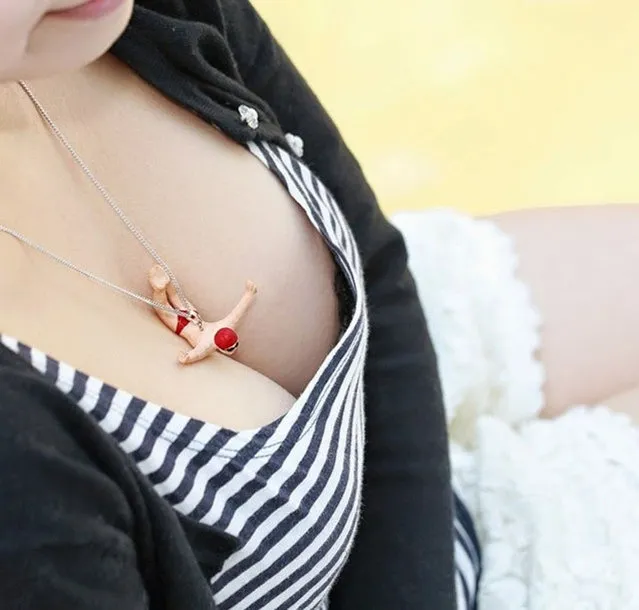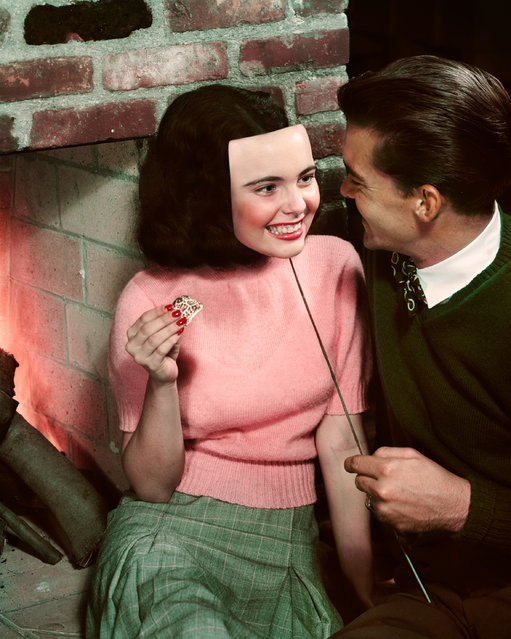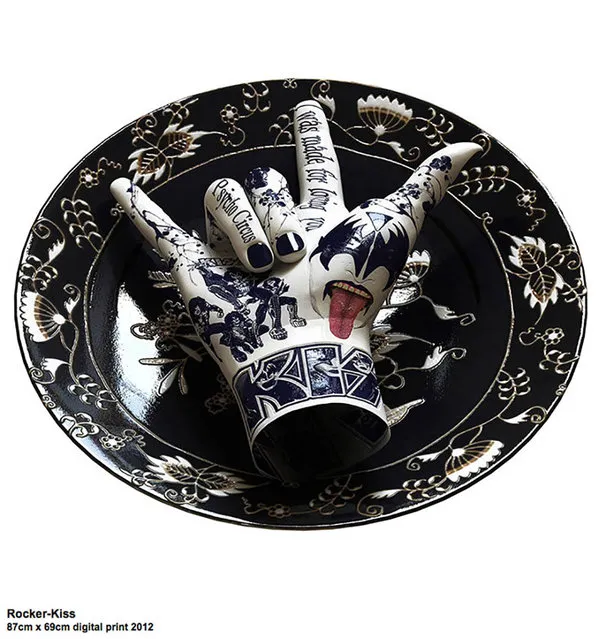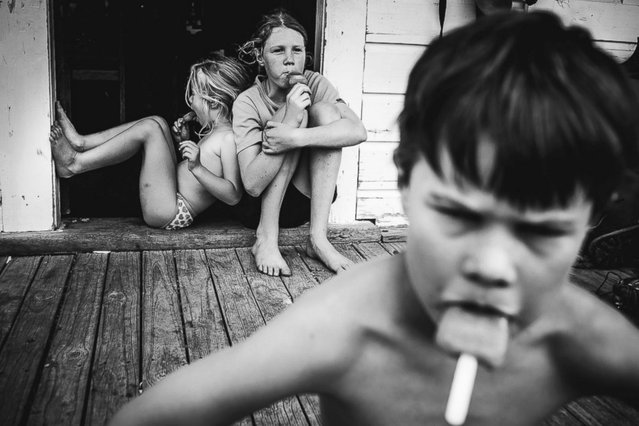
Fukusawa Takayuki is a Japanese designer, whose life’s goal is to brighten up the people's mood through his creations. His latest project sure does the job. In this project he created a number of figurine-pendants called the “Tanima Diver”. When worn by a woman with full breasts, it looks like the figurine is making a dive into her cleavage. Though only the most outgoing of girls will allow herself to wear such a necklace, it will surely bring a wide smile to the face of any man. (Photo by Takayuki Fukusawa)
18 Nov 2014 11:10:00,post received
0 comments







